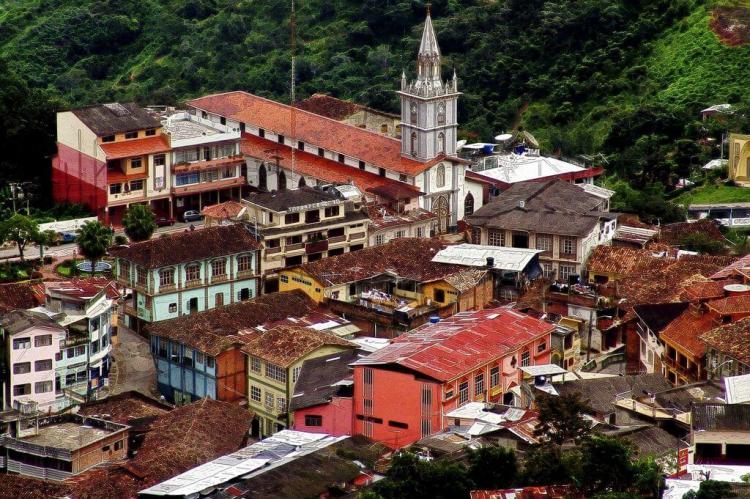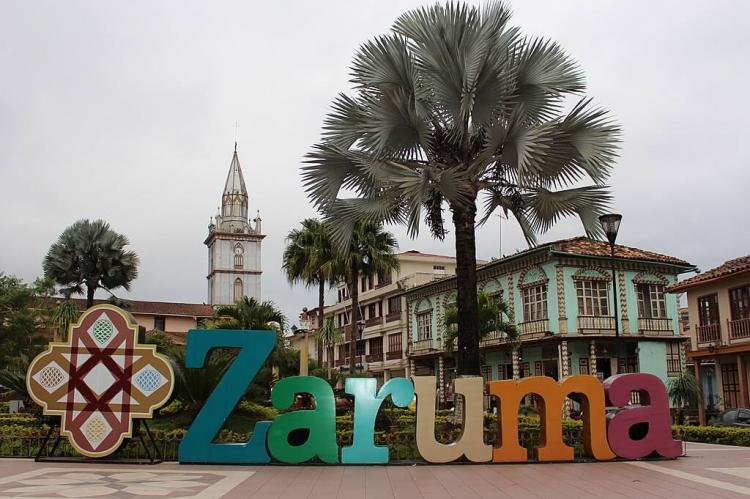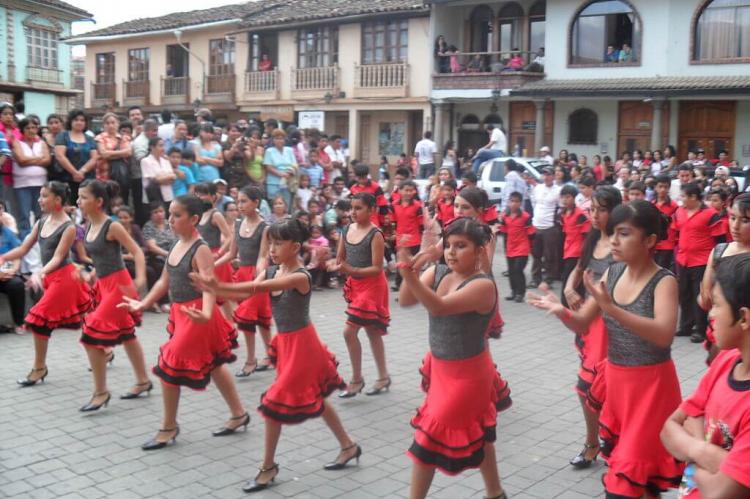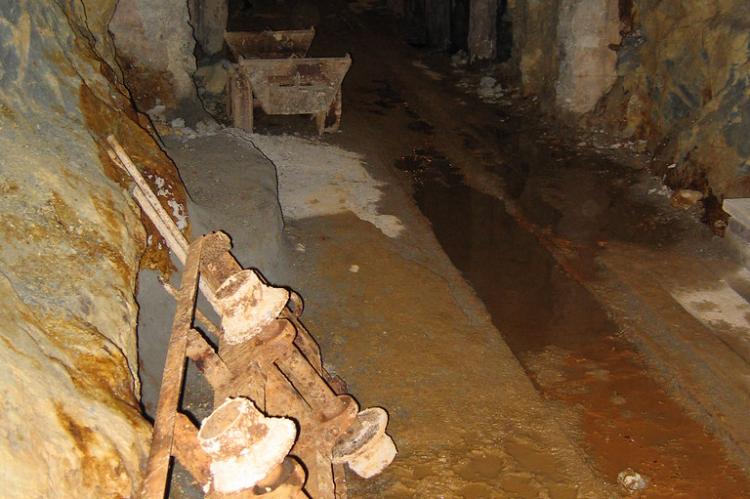Zaruma, Colonial Gold Town (Ecuador)
Zaruma, a town in southern Ecuador, is known for its republic-era architecture, gold mines, culture, and traditions and for having been founded by Spanish explorer Alonso de Mercadillo. The town is, more recently, becoming known for its coffee, gastronomy, and art.
Zaruma, Colonial Gold Town
Zaruma is a town in the Central Highlands of southern Ecuador, in the southeast of El Oro Province. It is the seat of Zaruma Canton, one of the oldest cantons in the province.
The town is at 1,200 m (3,900 ft) elevation at the southeastern foot of the Cordillera de Zamora, just south of the Zamora River. The town's population was 12,386 in 2010.
Zaruma is known for its republic-era architecture, gold mines, culture, and traditions and for having been founded by Spanish explorer Alonso de Mercadillo. The town is, more recently, becoming known for its coffee, gastronomy and art.
The natural environment, mining activity and architecture have generated a unique urban ecology. Within the town's historic center, cobblestone streets are lined with the traditional architecture of one, two, and three-story houses with balconies, windows, corridors, and arches reflecting a colonial and republican style.
Many of Zaruma's houses, listed on the cultural heritage register, open their doors in the evenings with cozy bars and coffee shops, where visitors can learn about the city's history as told by those who live and work here.
In 1990, the Ecuadorian Ministry for Education and Culture declared the city an Ecuadorian Cultural Heritage site. Since 1998, the city has been on UNESCO's list of candidates for World Heritage Site with a cultural designation.
History
It is believed that the Cañari, an indigenous ethnic group, settled in what is now Zaruma canton between 500 and 1400 CE. In the 1480s, the Incas overpowered the Cañari and were enslaved for 50 years.
In 1549, the Spanish established the first Spanish towns in this region. The city became very important because of its rich gold deposits. For that reason, Philip II of Spain granted it the title of "Villa de Sant Antonio del Zerro de Oro de Zaruma" ("Royal Town of St. Anthony of the Gold Mountain of Zaruma") on October 17, 1593.
On December 8, 1595, Captain Damián Meneses (under the orders of García Hurtado de Mendoza, Viceroy of Peru) fulfilled the royal edict and founded the city.
In 1749, the city and the majority of its mines were destroyed by an earthquake. To the misfortune of the Spanish, a significant indigenous rebellion erupted, resulting in a mass exodus and the city's ruin. After this, the city entered into a deep economic depression.
The efforts of some miners and official aid from the Crown allowed the importation of native peoples to work in the mines, improving the city's circumstances. Research suggests that from 1536 - 1820, Spain benefited from approximately 2,700 tonnes of Zaruman gold.
On November 26, 1820, Zaruma declared its independence from Spain. After independence, the area fell into a state of deep depression. However, its mining industry never wholly disappeared. In 1860, the Great Zaruma Gold Mining Company Limited was formed with the help of English investments.
In 1882, Zaruma, Machala, and Santa Rosa provinces declared the creation of a new province named El Oro in honor of the region's gold, of which Zaruma was the capital until 1884.





